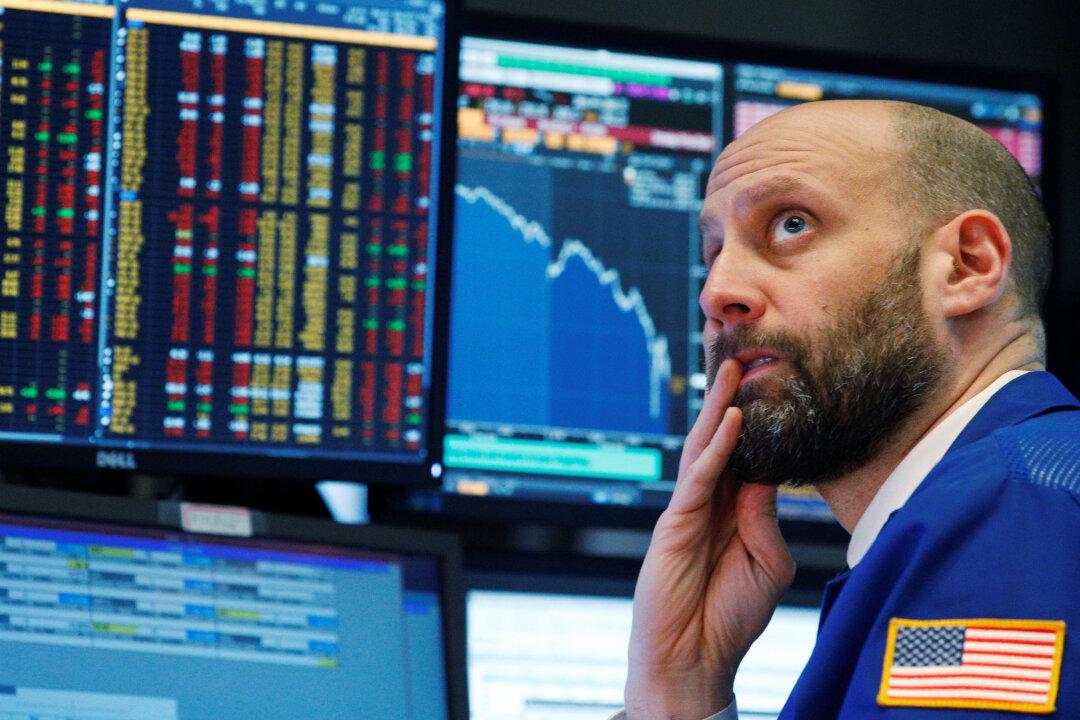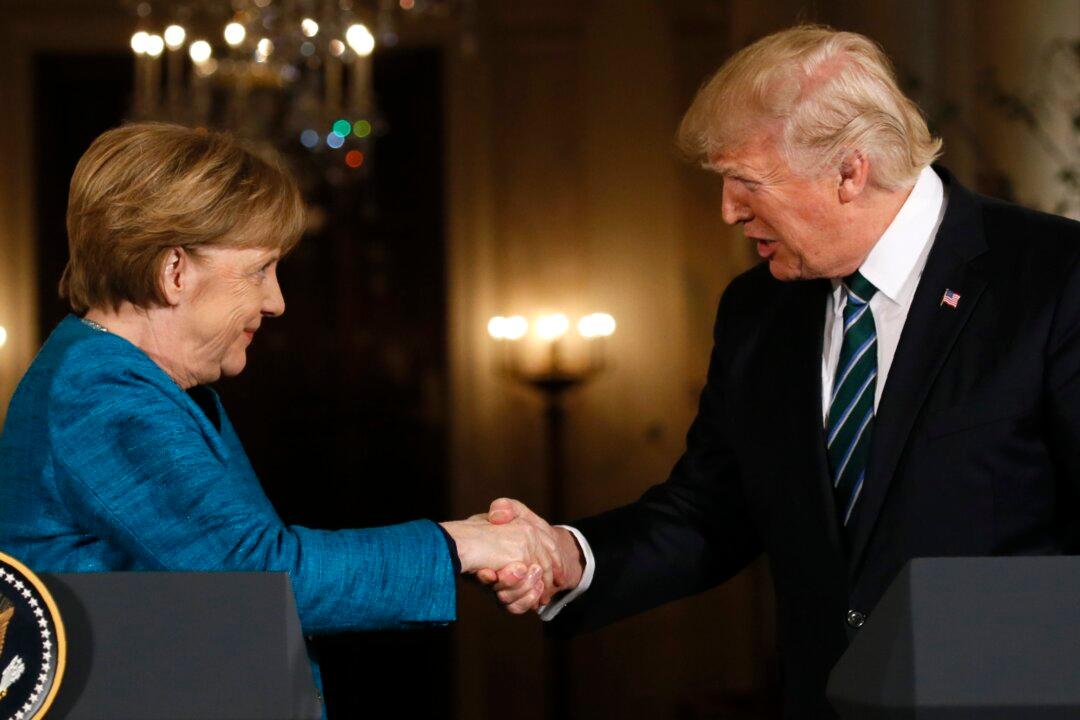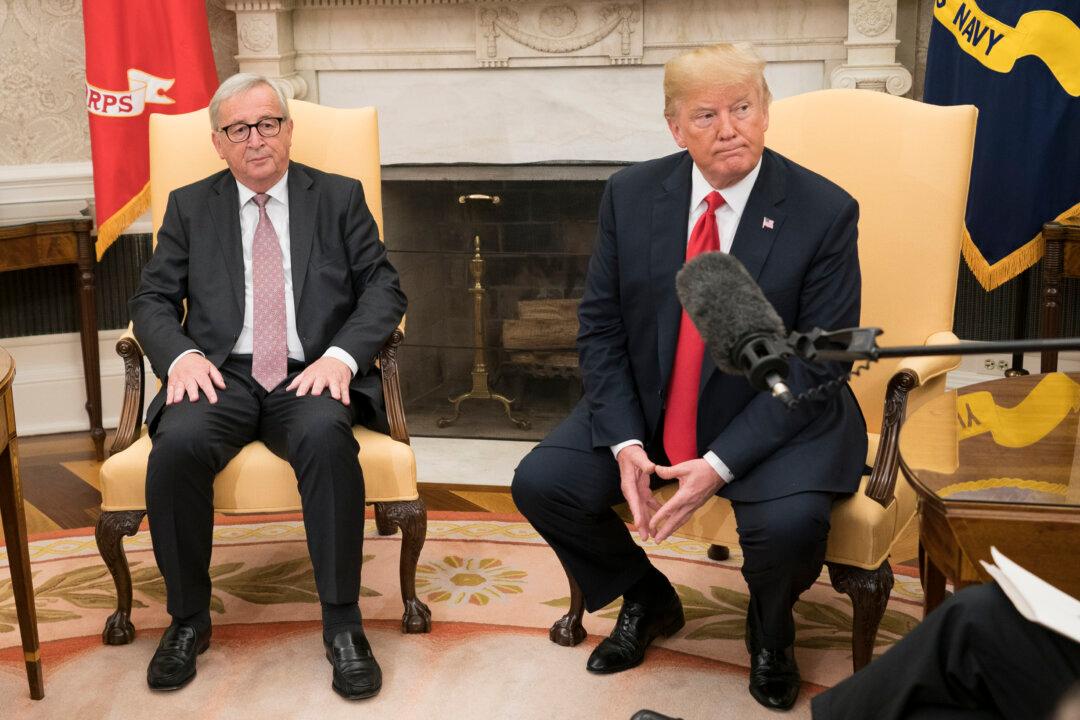Typical economic cycles last about seven years. Since the 2008 financial crisis, we have seen continuous growth in the global economy. The International Monetary Fund (IMF) even forecasts global growth of 3.9 percent for this year and next. We would like to believe that these are realistic predictions and not wishful thinking, but economic forecasts like these are mostly wrong, especially at turning points.
The issue is whether the recovery and the expected growth have a robust, sustainable basis, or are built on quicksand.





